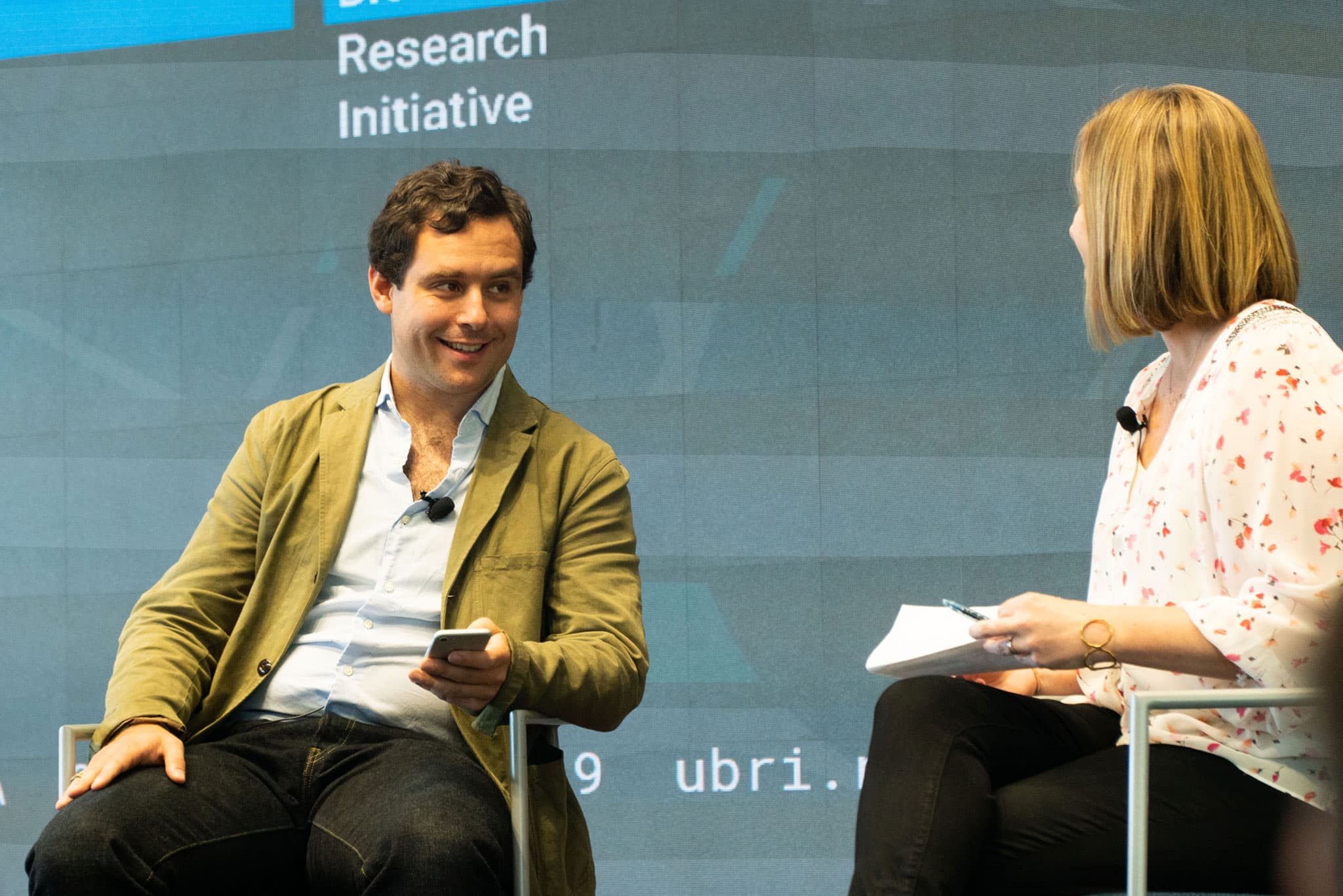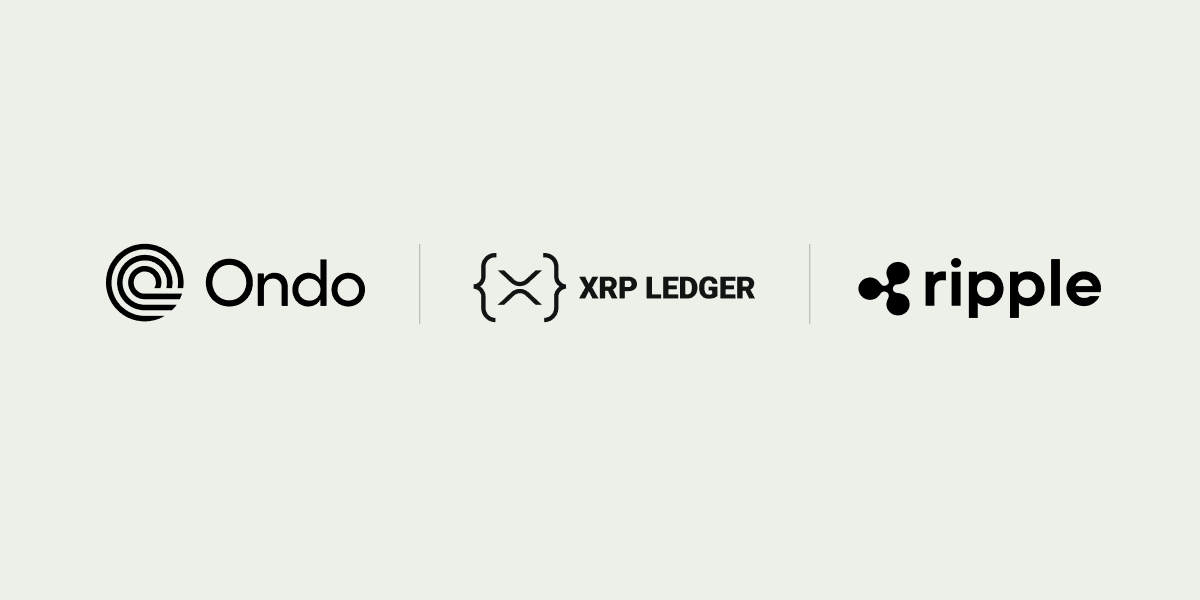Last year, more than $45 billion was spent in fees on remittance services by migrants all over the world who send money home to family and friends. In today’s digital age, remitters send money across the globe and expect services that are accessible, reliable, affordable and fast. SendFriend is on a mission to deliver this by using the digital asset XRP and building on top of the Interledger Protocol (ILP) to move funds internationally, on-demand.
In a fireside chat at Ripple’s University Blockchain Research Initiative (UBRI) Connect Conference, Ripple’s Sr. Director of Product, Ginger Baker, talked with SendFriend CEO, David Lighton, about how their international money transfer app leverages blockchain technology and digital assets to create faster, less expensive and more inclusive international money transfers for immigrants in the U.S.
The idea for SendFriend came out of Lighton’s 3 years in and out of Haiti as a World Bank Analyst, following the earthquake of 2010. He saw first-hand the complex, unreliable and expensive process transferring much needed money into the region.
While government officials in Haiti of course paid no tax on collecting aid monies from State Department or the International Monetary Fund (IMF), personal remittances to Haitian locals from friends and family could cost up to 10% in fees, an effective tax sapping the local economy of much needed financial resources.
“This is such a serious problem that number ten of the Sustainable Development Goals has a target of bringing the cost of remittance payments down to three percent by 2030,” explained Lighton.
One factor of this expensive fee is that international payments require businesses to pre-fund accounts in destinations currencies. It’s a costly endeavor that ties up working capital. To increase the speed and reduce the cost of this process, SendFriend leverages RippleNet’s On-Demand Liquidity (ODL).
ODL enables RippleNet customers to use the digital asset XRP to bridge two currencies in three seconds, ensuring payments are instantly sent and received in local currency—on either side of the transaction.
“What’s fabulous about blockchain and what Ripple’s product brings to the table is that you remove the need for that working capital. We can now source liquidity, on-demand and depress those transaction costs by up to 75%,” said Lighton.
He continued, “Our goal is to pass on these savings to our customers. What that means is companies like Western Union can charge up to 10% to service a payment—we can get it done for 2%.”
The cost savings provides meaningful impact and is earning SendFriend trust within the remittance community throughout the Philippines. In the Philippines and around the world, governments and policy makers are working to establish regulation that fosters responsible innovation, while also protecting consumers.
“There are four big markets in the world for remittances: India, China, Philippines and Mexico. The Philippines by far are the most forward thinking. I think the regulators have done a great job by not having aggressive capital controls… including around digital assets specifically. The Philippine regulators understand that there is potential to help with financial inclusion,” remarked Lighton.
Innovation in this sector requires trust build as payments are inextricably linked with transparency and reliability. This trust is also imperative in leveraging blockchain for other use cases. So what’s next in terms of use cases around blockchain technology?
“As the businesses of e-commerce firms like Amazon become more and more global, there is more demand for foreign exchange, to fulfill orders. That’s a space we really want to focus on to save not just remittance users money, but people buying average products online that need to do cross-currency payments, and that market is growing rapidly” said Lighton.
For more coverage from UBRI Connect, be sure to check out Insights and YouTube. Interested in getting started with RippleNet and On-Demand Liquidity? Contact us today.







